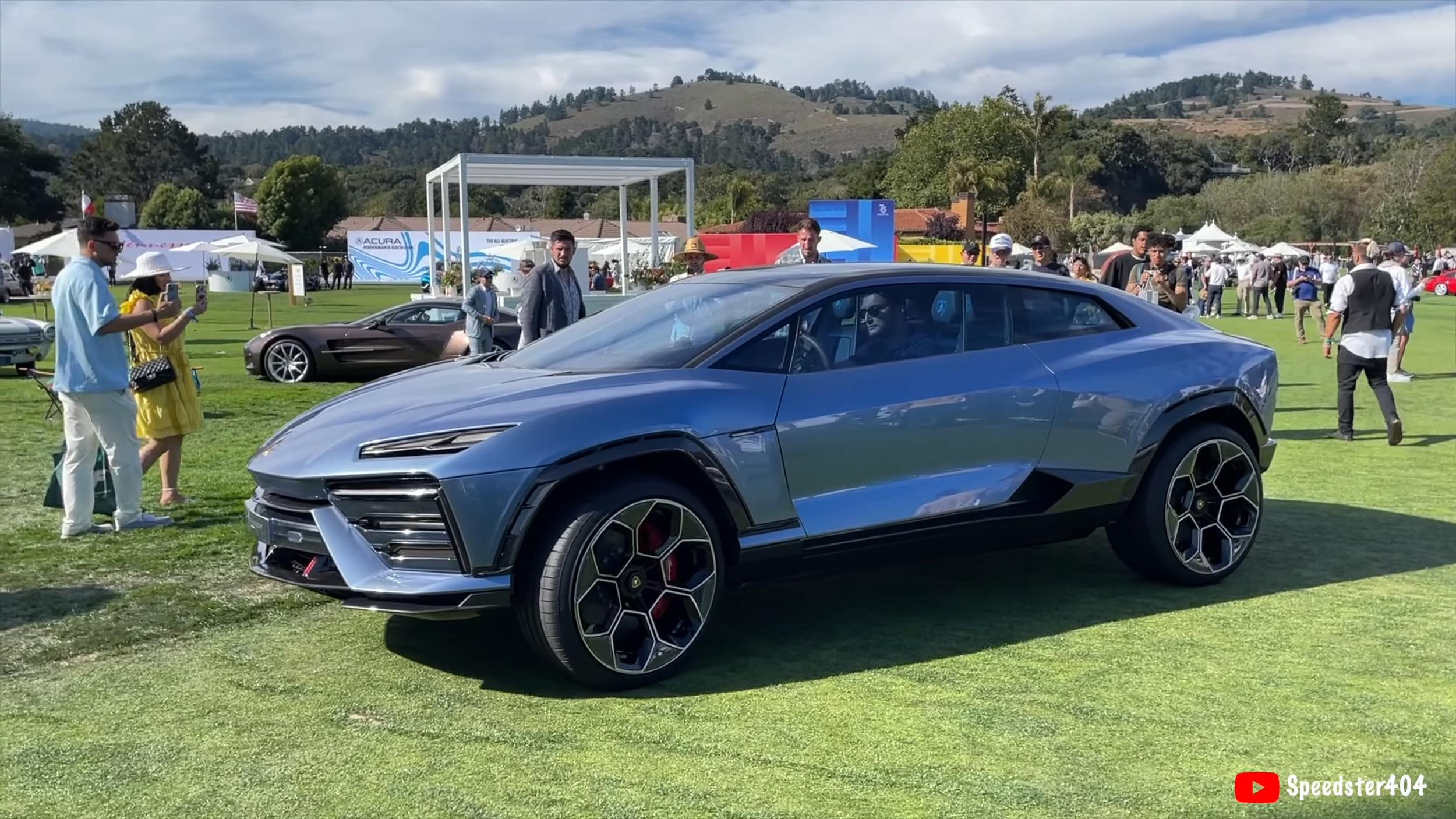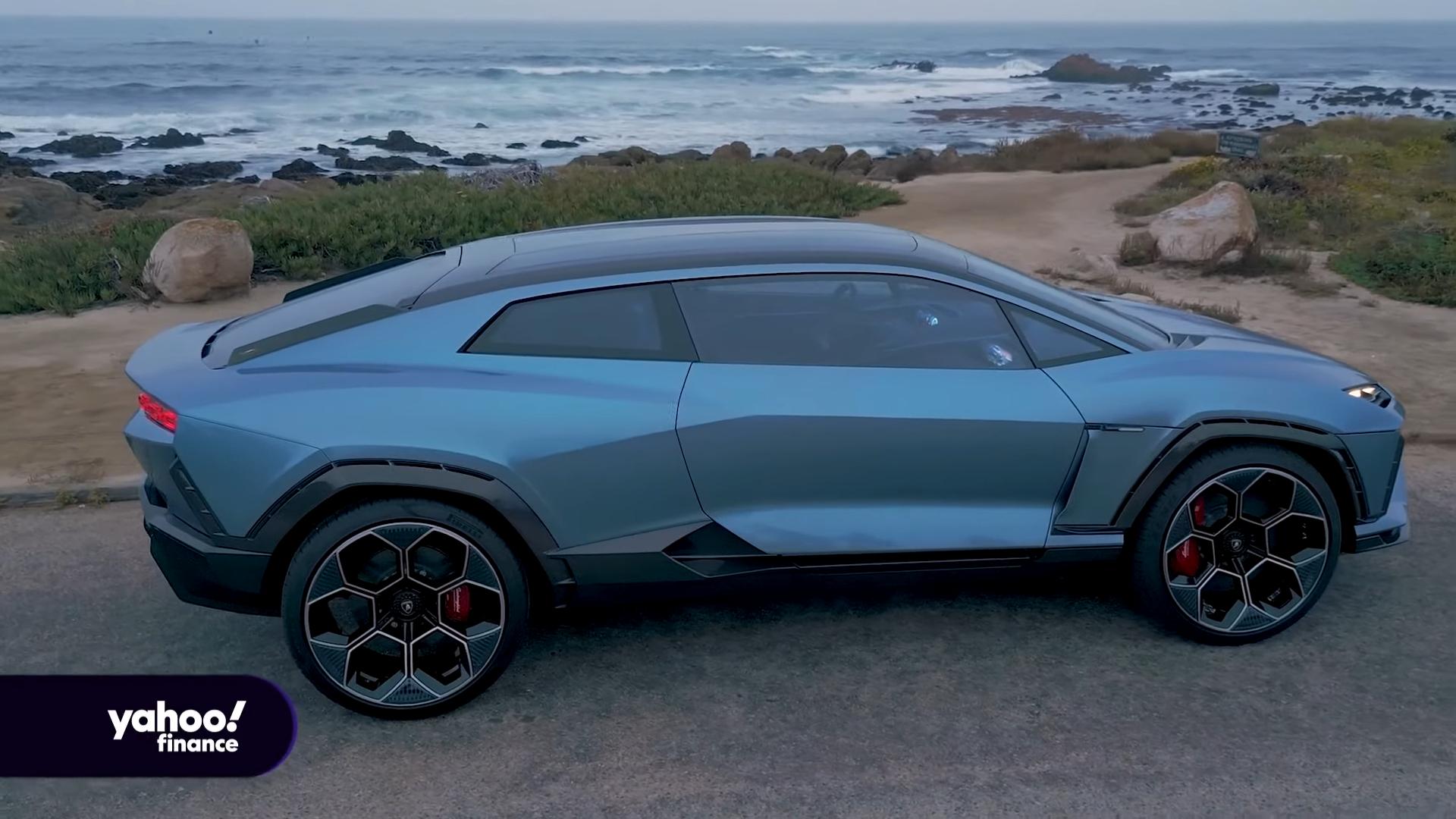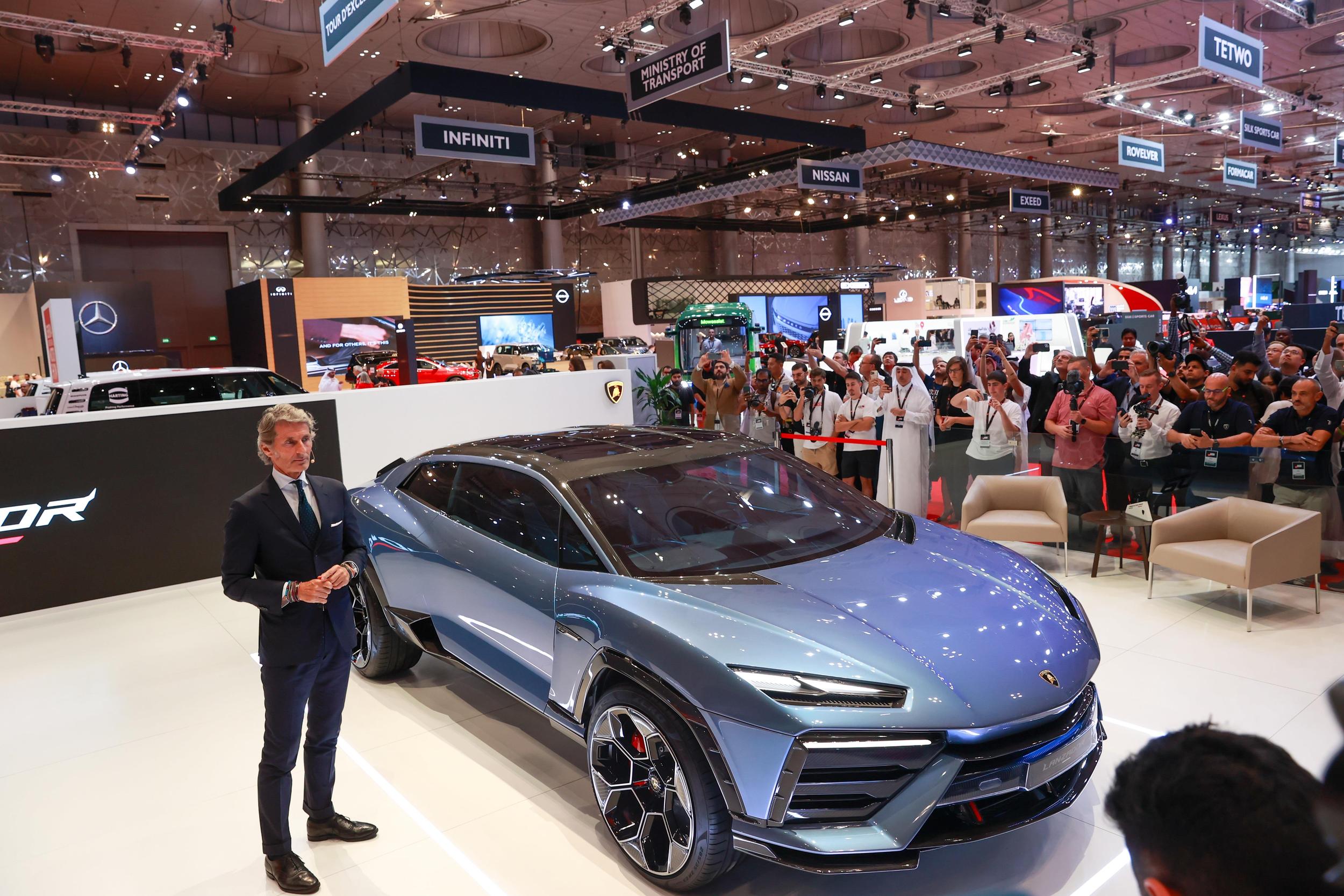Lamborghini, famous for its high-performance gasoline-powered supercars, is embarking on a path toward sustainability through a groundbreaking collaboration. The Italian automaker has secured a license for the pioneering TAQ (bis-tetraaminobenzoquinone) battery technology developed by the Massachusetts Institute of Technology (MIT).
Despite the progress made in battery technology, conventional lithium-ion batteries still face certain limitations, such as slow charging speeds and the use of expensive and environmentally challenging materials like cobalt and nickel. As the automotive industry races to embrace sustainability, Lamborghini’s decision to explore innovative alternatives is in perfect harmony with the evolving landscape of electric vehicles.
In this article, we delve into the significance of this collaboration and explore the potential implications for Lamborghini’s electric vehicle (EV) lineup.
Lamborghini TAQ Battery: A New Leap In Battery Technology

According to the report, TAQ, an acronym for bis-tetraaminobenzoquinone, represents an organic breakthrough in battery technology. Comprising carbon, nitrogen, oxygen, and hydrogen, this unique compound forms almost flat sheets due to hydrogen bonds, facilitating efficient layering and lithium-ion storage. Its hexagonal structure resembles graphite, commonly used in battery anodes, but TAQ offers distinct advantages.
The standout feature of TAQ batteries lies in their exceptional energy density. These batteries boast a staggering 50% increase in energy density compared to conventional nickel-manganese-cobalt (NMC) lithium-ion batteries. This enhanced energy storage promises to redefine the boundaries of electric supercar performance, providing increased range and power.
Durability and Practicality
TAQ batteries address the issue of material dissolution that plagues many organic materials in batteries. This characteristic enhances their durability and practicality. Furthermore, TAQ batteries can withstand over 2,000 charge cycles with minimal degradation, a significant advancement in battery technology.
Reducing Battery Costs
Aside from improved performance, TAQ technology also offers potential cost savings. Estimates suggest that a TAQ cathode may cost one-third to one-half less than an NMC cathode, which could translate to a 10-15% reduction in battery costs for electric vehicles. However, achieving these cost savings necessitates adaptations in battery manufacturing processes.
Geopolitical Implications
TAQ’s potential extends beyond performance and cost savings; it has geopolitical implications. China dominates the cathode supply chain and controls significant nickel, cobalt, and manganese production. TAQ could enable countries with the expertise to produce cathodes independently, reducing dependence on Chinese-controlled supply chains.
Challenges on the Horizon
While the prospects of TAQ technology are exhilarating, particularly for high-end automakers like Lamborghini, challenges loom on the path to mass-market adoption. Implementing TAQ cathodes necessitates significant changes in established battery manufacturing processes, which presents hurdles. Additionally, Lamborghini’s ability to pass on additional costs to consumers may differ from mass-market manufacturers.
Lamborghini TAQ battery Technology: Innovating for Tomorrow

Lamborghini’s collaboration with MIT to license TAQ battery technology marks a significant stride toward a sustainable, high-performance electric supercar future. While the road ahead may be challenging, this partnership reflects the determination of Lamborghini and the industry to push the boundaries of what EVs can achieve. With further research and development, the transformative potential of TAQ batteries may soon be within reach for a broader audience, ushering in a new era of electric mobility.




I am hopeful that if Lamborghini is able to achieve this, then it will significantly help reduce the cost of the battery.
My only question is whether Lamborghini will be able to achieve this before they launch the Lanzador EV? If they does it will help reduce the prices
It is true that the TAQ cathode costs way less than the NMC cathode. Why didn’t anyone think of this before?